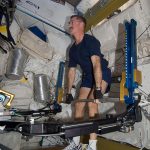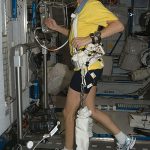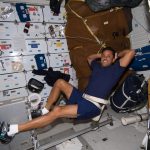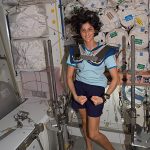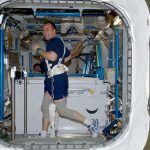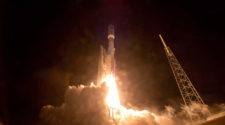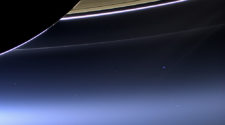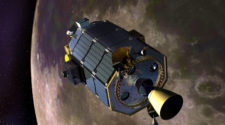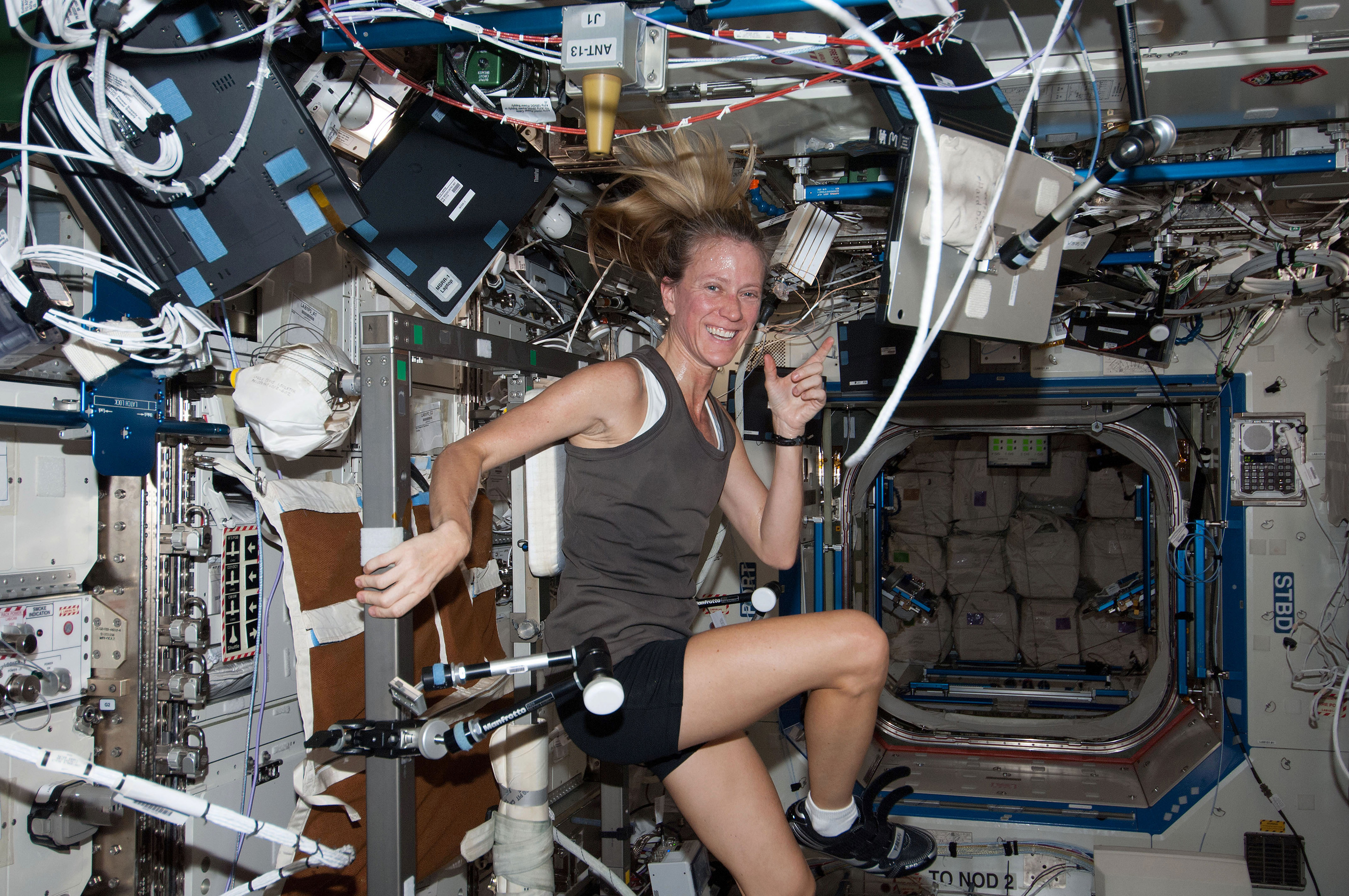
Human space flight is a physically demanding experience. It poses numerous risks, many of them are very evident, but some are hidden to the naked eye. The most important hidden health challenge is the bone density changes that are brought on by prolonged weightlessness. These bone density changes in the hip and back are very similar to those suffered by women with osteoporosis after menopause. Living in a minimal gravity environment during lengthy missions can set up astronauts for hip and spine fractures similar to those incurred by persons suffering from osteoporosis.
NASA has been concerned about this problem for quite a long time and has held the NASA Bone Summit, bringing in experts to examine the problem. The recommendations from this panel of experts were presented in the Journal of Bone and Mineral Research in June of 2013. There were four primary recommendations:
- Astronauts need to have quantitative computed tomography (QCT) and hip strength assessments pre- and post-flight to measure changes in bone density and strength.
- Other methods of testing such as dual-energy X-ray absorptiometry (DXA) should also be utilized to track in astronauts’ bone density.
- Modifiable risk factors for osteoporosis such as physical activity and nutrition should be optimized in astronauts.
- New pharmacological interventions (Biphospho-nates) which slow bone loss should be investigated.
Diet and exercise are important to astronauts, as they are important to persons that are at risk for developing osteoporosis. This involves eating foods which are high in calcium and that are customized to maximize calcium absorption. Exercise regimens involve a significant amount of the astronauts’ time in space. They use aerobic exercise and strengthening techniques to help prevent the inevitable bone loss that comes with space travel and weightlessness.
Col. Ron Garan, veteran astronaut who has logged over 178 days in space on the importance of exercise: “The human body is incredibly adaptive and in a low gravity environment it soon realizes that its skeleton is not needed as much in a normal gravity environment. Resistance exercise has been shown to be an effective countermeasure to losses in bone density. On the International Space Station (ISS), our daily required routine included an hour daily of resistance training and an hour daily on the bike or treadmill.”
Future NASA projects and missions involving manned space travel will involve longer time in space and the issue of bone density will need to be addressed in those making those missions. Through increased study and planned interventions, it is hoped that these negative effects will be minimized through proper screening, monitoring, diet and exercise. Research that is currently being done at NASA on bone loss and osteoporosis will not only benefit astronauts, but also benefit individuals in the general population suffering from osteoporosis.
Diet and exercise is important to all of us for good health. It will be essential for survival in space travel as astronauts embark on more aggressive and lengthy missions. Innovation and research will be important in developing methods for our astronauts to protect their bones and stay healthy in space.
For information about the research on the ISS go to: www.nasa.gov/mission_pages/station/research.

